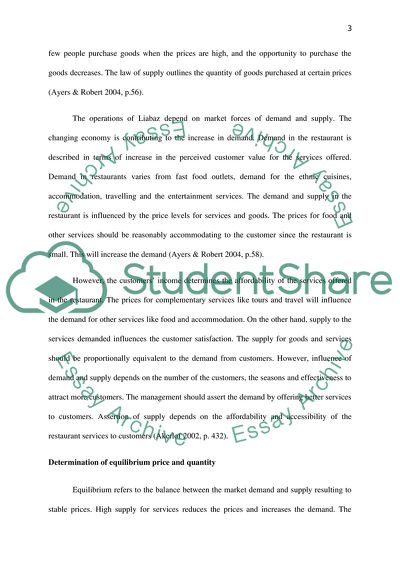Cite this document
(Assume you are employed in a small restaurant in Bolton and your Essay - 2, n.d.)
Assume you are employed in a small restaurant in Bolton and your Essay - 2. Retrieved from https://studentshare.org/macro-microeconomics/1787103-assume-you-are-employed-in-a-small-restaurant-in-bolton-and-your-manager-ask-you-to-prepare-a-report-describing-following-concepts-and-the-way-that-they-can-affect-the-restaurant-operation
Assume you are employed in a small restaurant in Bolton and your Essay - 2. Retrieved from https://studentshare.org/macro-microeconomics/1787103-assume-you-are-employed-in-a-small-restaurant-in-bolton-and-your-manager-ask-you-to-prepare-a-report-describing-following-concepts-and-the-way-that-they-can-affect-the-restaurant-operation
(Assume You Are Employed in a Small Restaurant in Bolton and Your Essay - 2)
Assume You Are Employed in a Small Restaurant in Bolton and Your Essay - 2. https://studentshare.org/macro-microeconomics/1787103-assume-you-are-employed-in-a-small-restaurant-in-bolton-and-your-manager-ask-you-to-prepare-a-report-describing-following-concepts-and-the-way-that-they-can-affect-the-restaurant-operation.
Assume You Are Employed in a Small Restaurant in Bolton and Your Essay - 2. https://studentshare.org/macro-microeconomics/1787103-assume-you-are-employed-in-a-small-restaurant-in-bolton-and-your-manager-ask-you-to-prepare-a-report-describing-following-concepts-and-the-way-that-they-can-affect-the-restaurant-operation.
“Assume You Are Employed in a Small Restaurant in Bolton and Your Essay - 2”. https://studentshare.org/macro-microeconomics/1787103-assume-you-are-employed-in-a-small-restaurant-in-bolton-and-your-manager-ask-you-to-prepare-a-report-describing-following-concepts-and-the-way-that-they-can-affect-the-restaurant-operation.


